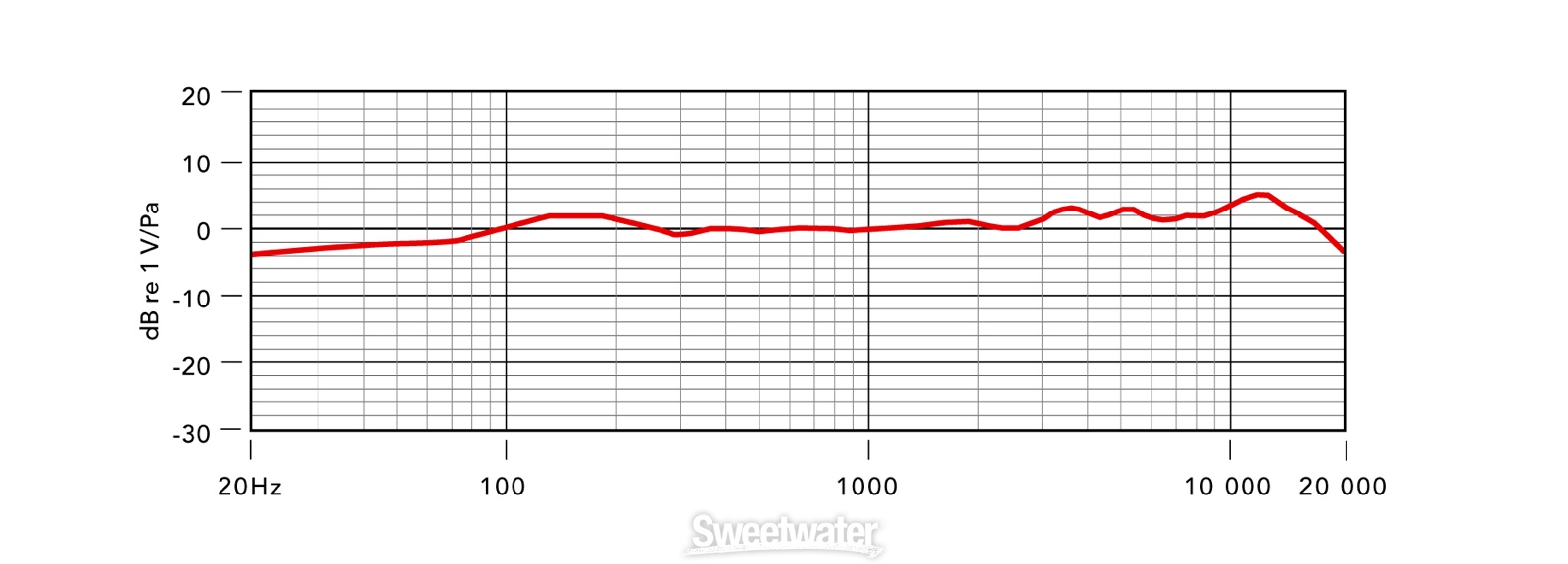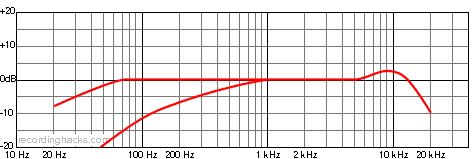So I've been looking at various mic's freq. responses the last few days in anticipation of a couple builds i have waiting on the bench. Just about everyone mentions the "hyped" top end on the Chinese mics. My topic of debate here is, what's worse the actual FREQUENCY range thats being hyped or the AMOUNT of hypedness (pronounced hype ed ness lol) Theres some pretty expensive German mics I see that have some exaggerated top ends as well... discuss.
 R0de NT1A
R0de NT1A
 Neumann U87
Neumann U87
 MXL 2001 (no royer mod
MXL 2001 (no royer mod  ) +10db...yikes
) +10db...yikes
 AKG c414 TLII
AKG c414 TLII





































